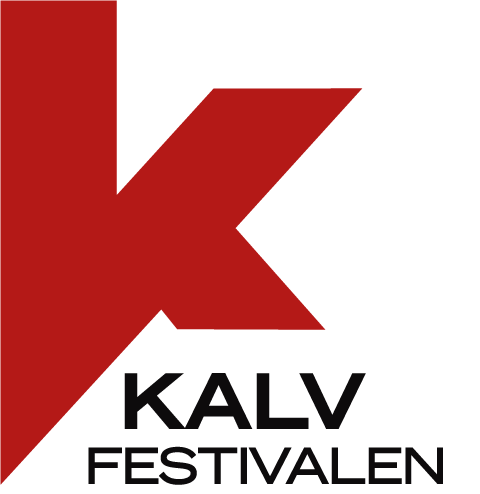| EVENT:
| TIME:
| VENUE:
Hidden Mother | Sound-hybrids
Marianthi Papalexandri-Alexandri
Duo
for motor and sound panels
Kontakt
for motors, hand made hat pins, foam board and glashead needles
Duo [world premiere]
for human and machine
Hidden Mother is a duo for scenic music, that integrates sound rituals and performance art in their shows. Instead of traditional instruments they use various sound objects and requisites. In a show with Hidden Mother, the single pieces are assembled to an unbroken, choreographed experience. Inspired by mysticism, religion and psychology, Hidden Mother creates a flow of sound and images that opens up the imagination. Hidden Mother both dandles and shakes the audience – and crosses the border of comfort. The audience is rather participants than observers.
Hidden Mother was founded 2010 and has performed at festivals such as Ruhrtriennale (Germany), Transart (Italy), UNM Festival (Sweden), AterTeater (Italy), Halle 6 München (Germany), Klusterfestivalen (Sweden), Vindöga festival (Sweden) och Sound Of Stockholm (Sweden). Hidden Mother was ensemble in residence 2018/2019 at Samtida Musik for the project ”Min Granne Tonsättaren”.
Marianthi Papalexandri-Alexandri has for more than 20 years now explored a music of hybridical measures, a music that assimilates the concert hall as easily as the art gallery. In Kalv we have the pleasure of experiencing a three part exposé of her music.
In Duo for Motor and Sound Panels, a site-specific performative installation, (commissioned by Hidden Mother and supported by a Swedish Arts Council grant, premiered at the Vindöga Festival, Sandviken, Sweden), each performer holds a foam board (resonator) loosely secured and connected with twine to a rosined motor-driven mechanism to create friction. The surface —in this case a rectangular piece of cardboard —acts as membrane, instrument and resonator simultaneously. The sounds are generated by the slow-moving rosined wheel while performers rotate around the motor mechanism, thus creating a circle. The performer can influence the sound by controlling the tension of the twine or by rotating and applying force on different points of the resonator. With this work Papalexandri wishes to offer a space where performers can share and interact with a new mechanical instrument, while exploring a dynamic spatialization where the human functions as a mechanism, like clockwork (precision, accuracy, dynamic control). The performer here is asked to be sensitive to the acoustic and physical space; hear micro sounds; develop a close intimacy of shared musical experience; respond to, incorporate and even complete each other’s actions and re-adjust rhythmical and physical movement and gestural materials. The length of the string that goes through the foam board can be determined by the actual size and dimension of a given object, or space.
Contact emphasizes the micro sounds within materials through physical interaction to create minimal but rather complex organic sounds and textures. It is based on the idea of simplicity that leads to complex behaviors. In this piece Papalexandri draws our attention to the idea of ‘programming’ with materials. The sounds are produced when certain motor-driven flexible “tentacles” come in contact with moveable metallic pins, which can be inserted and removed by human performers, like an instrument that requires constant tuning. Different tones are struck in an emergent, errand manner, making the performer listen intensively, interacting as if it were with a live organism. The foam board is used here both as a resonator (transducer) and as an ideal material to hold the pins. Musical parameters such as rhythm, pitch and timbre are determined here by the behavior of materials. This work exemplifies Papalexandri’s interest in how particular mechanisms can reveal hidden possibilities in sound. She choose her materials carefully. Often they have an organic character and behavior so they won’t sound purely mechanical. Through simple but sophisticated methods the she is able to ‘‘stretch’’ the basic principle of how sound is produced and how we explore resonances and sounds.
Duo for Human and Machine is a sound kinetic composition that engages a refined and focused exploration of interaction between the kinetic, the visual and the sonic. The work creates a situation where the composition emerges from the interaction between the performer and the kinetic system, in a constant process of gaining and losing control. The work engages with questions of how an installation or a moving object can emerge out of a composition and vice versa. The installation’s setting offers the performer a possibility to alternate between being a sound source, a kinetic element and operating sounds in space. It also explores the idea of sharing an instrument and making sound in a collective way: a form of “togetherness” where responsibilities and contributions are shared. With this work Papalexandri diffract the notion of the performer, and explore new relations between human and non-human agency in the creation of sound. This work touches on the joint interest in mechanisms, performances, materials, and human machine relationship.


